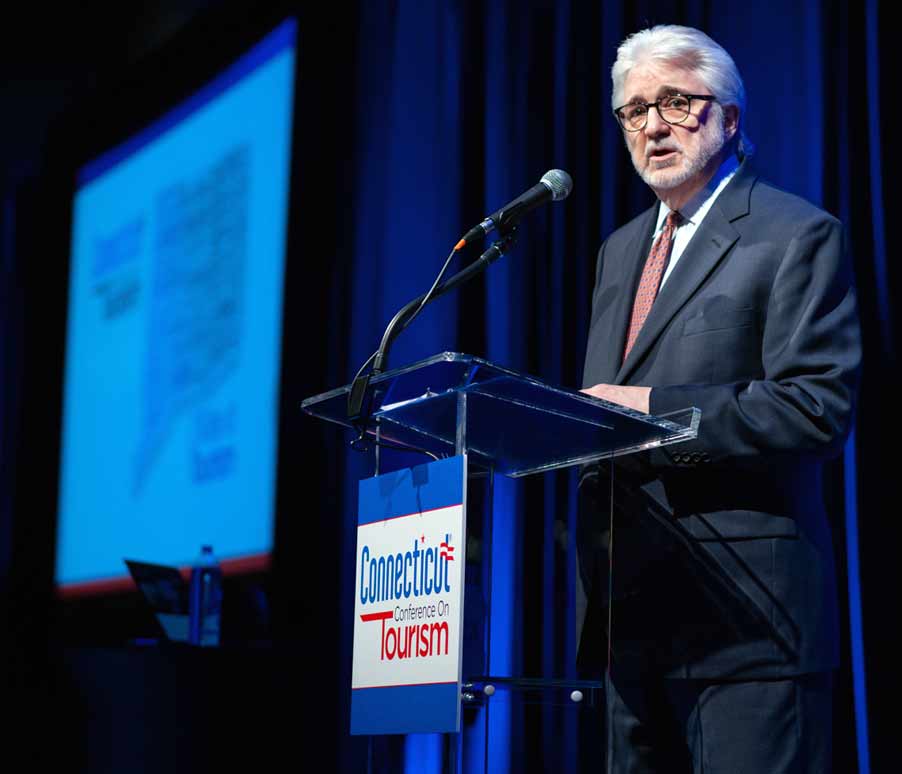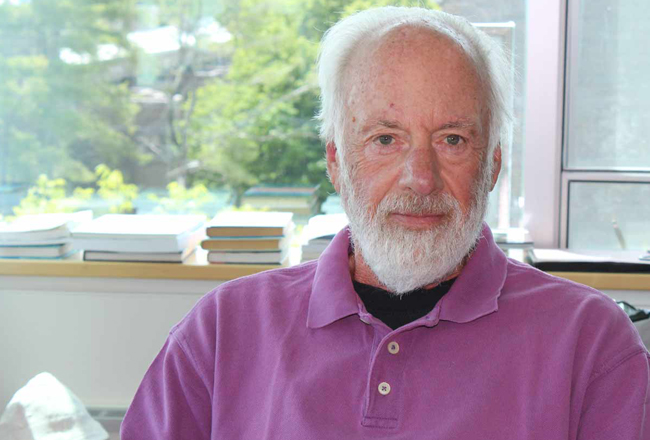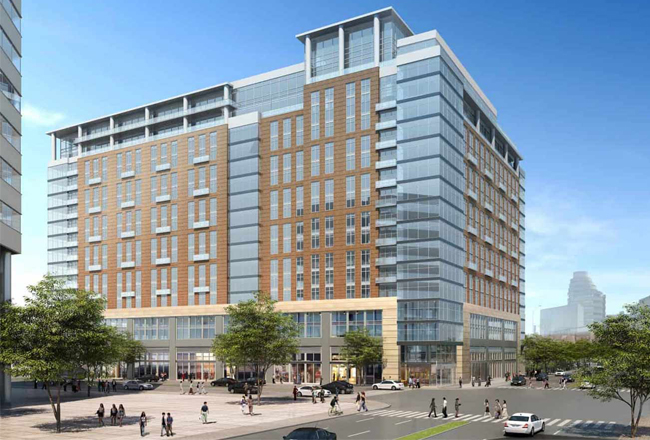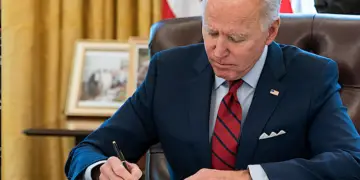
Doing more with less has been something of a mantra for the state”™s tourism industry for nearly a decade. But if an apparently renewed interest in the sector by state lawmakers is anything to go by, that could soon change.
“We are an industry that is one of the few in the state that consistently puts money back into the state’s checkbook,” said Connecticut Office of Tourism Director Randy Fiveash. “We”™re always talking with legislators about that, but this has been a very good year from the standpoint of getting their attention.”
Indeed, last fall Speaker of the House Joe Aresimowicz convened a Blue Ribbon Panel on Tourism, which in March recommended increasing the hotel occupancy tax revenue that is diverted to the Arts, Culture and Tourism Fund from 10 percent to 25 percent, with 60 percent of that total going towards supporting tourism and the remainder supporting arts and culture.
The panel also endorsed appointing a commissioner of arts, culture and tourism, who would report to the governor and would work closely with a tourism council consisting of 27 members appointed by the governor, members of the Senate and House leadership and local organizations. It also advocated opening and staffing the state”™s five highway welcome centers on a 24/7 basis, something Fiveash said he believed “everyone, without exception, wants to happen.”
Work on implementing the panel”™s other recommendations, and the formation of the new tourism council, has just begun, Fiveash said.
“We”™re aware of the budget deficit,” Fiveash said. “What we”™re saying is, ”˜Let us help you pay it off.”™ It”™s a new way of thinking for some of them, where they say, ”˜Hmm, that”™s a pretty interesting concept.”™ But these things can take a while.”
Tourism”™s impact on the state”™s fortunes is self-evident, he said. According to the department”™s latest report, for 2017, the sector produced $15.5 billion in total business sales, up 5.5 percent from 2015. Total tax revenue in 2017 was $2.2 billion, including $960 million in state and local taxes, compared with 2015”™s $1.7 billion/$910 million in state and local taxes. The sector directly supported 84,254 jobs in ”™17 ”” 5.3% of all jobs in the state — compared with 82,688 in ”™15.
As for the COT”™s budget, it will remain basically flat this fiscal year: $4.3 million vs. $4.1 million last fiscal year.
Fiveash said that about 75% of the department”™s marketing efforts will be targeted at visitors from out of state, particularly in New York City, Boston, Rhode Island and Springfield, Massachusetts. The COT is doubling down on technology this year, by tracking the interests of travelers through their cell phones in an effort to target them on more of an individual basis, adding Snapchat to its social media outreach and implementing “weather-responsive” electronic billboards.
“If it”™s sunny and bright, the billboards show outdoor activities, and if it”™s overcast or rainy it switches to images promoting indoor activities,” he said.
Email newsletters will go out to some 100,000 consumers this year, while the ever-expanding ctvisit.com website features over 4,000 tourist attractions, accommodations, restaurants and information about towns and cities ”” reflecting a general shift in travelers”™ interests, Fiveash said.
“It used to be you”™d drive around and see things and take pictures,” he said. “That”™s still true, but more and more people are looking to have ”˜experiences,”™ which they want to share on social media to let their friends know what they did and what they experienced ”” which is great for us.”
Absent from the website and the sector”™s literature is the “Connecticut: Still Revolutionary” tagline, phased out after seven years as it was “becoming a distraction,” Fiveash said.
The COT director said the slogan was never meant to be a part of the state”™s branding, and that feedback from stakeholders indicated it was of little value. While Gov. Ned Lamont has toyed with the idea of holding a contest to come up with a new tagline, “There are no direct plans to find a new one,” Fiveash said.
And while its budget is a far cry from the $15 million high in 2011 during then-Gov. Dannel Malloy”™s first year in office ”” it”™s still better than the $1 it was slashed to in 2010 by Malloy”™s predecessor, M. Jodi Rell.
“Until recently, a lot of legislators didn”™t know how important tourism is as a revenue-driver,” Fiveash said. “Now it looks like that could be changing.”



















